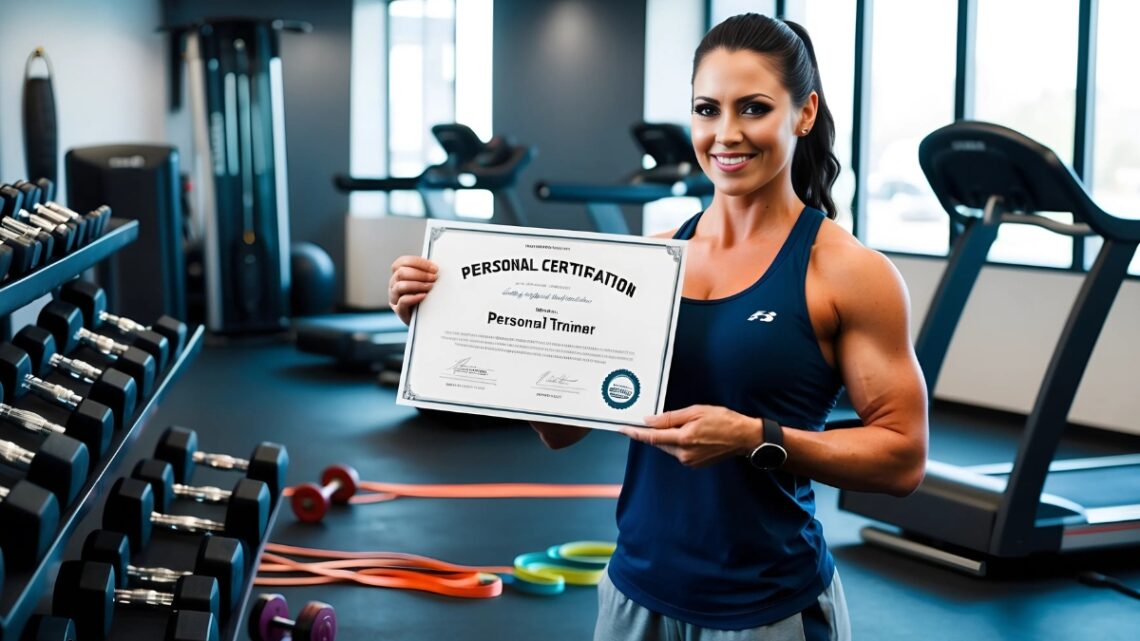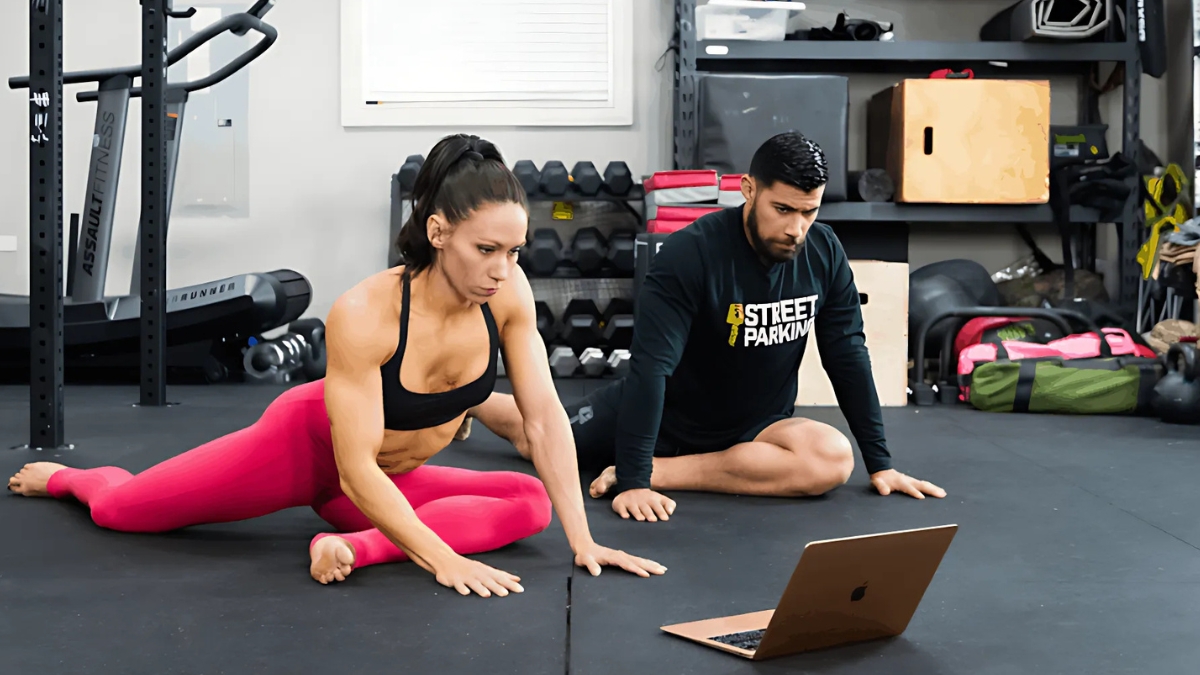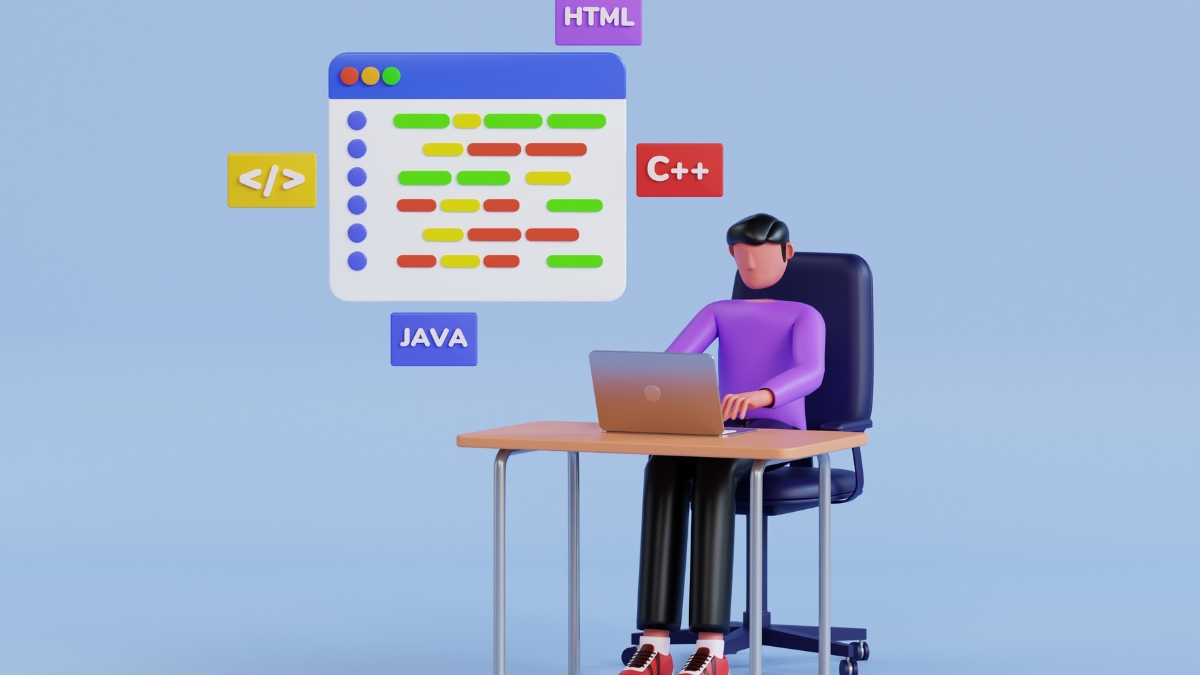
How to Become an Online Fitness Trainer in 2025: Complete Career Guide
Did you know that the online fitness industry is projected to reach $79 billion by 2026? The pandemic has permanently shifted how people approach fitness, with 72% of Americans preferring a mix of gym and virtual workouts. I’ve seen countless trainers transform their careers by going digital! Whether you’re a seasoned personal trainer or starting fresh, this guide will show you how to build a thriving online fitness business.
Essential Certifications and Qualifications
Let me tell you about my journey getting certified as an online fitness trainer – it wasn’t exactly a walk in the park! When I first decided to become an online fitness trainer, I made the rookie mistake of thinking I could just jump right in with my passion for fitness. Boy, was I wrong.
First things first: you absolutely need a certification from a nationally accredited organization. I went with NASM (National Academy of Sports Medicine) because their curriculum really dives deep into exercise science and program design. It took me about 4 months to complete, studying 2-3 hours daily. The exam? Let’s just say I went through three highlighters and countless cups of coffee!
Here’s the deal with certifications – you’ve got several solid options:
- NASM CPT: Costs around $699-999 depending on the package. Known for their OPT (Optimum Performance Training) model.
- ACE (American Council on Exercise): Usually $499-699. Great for those wanting a more client-focused approach.
- ISSA (International Sports Sciences Association): About $799-999. They actually specialize in online training certifications.
But here’s something I learned the hard way – basic certification is just the beginning when you want to become an online fitness trainer. I had to take additional specialized courses in online training methodology. These courses taught me crucial skills like how to assess form through video, create engaging virtual sessions, and modify exercises for home workouts.
The legal stuff? Don’t even get me started! I initially skipped getting insurance (huge mistake). You absolutely need professional liability insurance – even for online clients. I use Next Insurance now, which costs about $30/month. Make sure your policy specifically covers virtual training!

One thing that really helped set me apart was getting specialty certifications. After my base certification, I got specialized in:
- Nutrition coaching ($399-599)
- Corrective exercise ($399)
- Online training program design ($299)
Pro tip: Many certification bodies offer bundle deals. I could’ve saved about $500 if I’d planned better and bought a package deal upfront!
For continuing education, you need to complete about 20 hours every 2 years to maintain your certification. I actually enjoy this part now – it keeps me updated on the latest research and training methods. Plus, these credits can come from workshops, conferences, or online courses.
I spend roughly $200-300 annually on continuing education, but it’s worth every penny. The online fitness industry changes fast, and staying current is crucial. Remember, your clients aren’t just paying for workouts – they’re paying for your expertise and continuing education.
Oh, and one more thing – document everything! Keep all your certificates, insurance policies, and continuing education credits organized digitally. I learned this when a potential corporate client asked for proof of my qualifications, and I had to spend hours digging through emails!
Setting Up Your Online Training Business
First, you need to decide on your business structure. I initially started as a sole proprietor because it was simple, but switched to an LLC after six months for better liability protection. The LLC registration cost me about $500, including state fees and basic legal documentation. Trust me – spending money on a business lawyer for an hour of consultation saved me headaches later.
Your unique value proposition is crucial in this saturated market. I spent weeks defining mine. After analyzing successful online trainers, I realized most focused on general fitness. So I carved out my niche helping busy professionals with 30-minute workouts. The key is identifying what makes you different. Ask yourself: What unique experience or perspective can you bring? What specific problem can you solve better than others?
Pricing was tricky. I started too low at $97/month for my basic package, thinking I’d attract more clients. Big mistake! I quickly realized this attracted price-sensitive clients who often required more support. Now I offer three tiers:
- Basic: $197/month (workout programming, form checks)
- Premium: $397/month (adds nutrition guidance, weekly calls)
- VIP: $897/month (daily check-ins, priority support)

For technology, here’s what I invested in to become an online fitness trainer:
- High-quality camera ($600) – essential for demo videos
- Lighting kit ($200) – makes a huge difference in video quality
- Microphone ($150) – clear audio is non-negotiable
- Training software ($49/month) – I use TrueCoach
- Video editing software ($20/month) – Filmora works great
- Website ($29/month on Squarespace)
- CRM system ($39/month)
Total startup costs ran about $2,500, including equipment and first month of software subscriptions. I recouped this within three months by signing up 8 clients. Remember to factor these costs into your pricing strategy!
The most valuable lesson? Start with essential tools and upgrade as you grow. I wasted money on fancy equipment I didn’t need initially. Focus on what directly impacts client experience – a good camera, reliable software, and a professional website are your priorities.
Building Your Digital Presence
The website was my first major project. I learned SEO basics the hard way – my first site wasn’t even showing up when searching my own name! Now I use WordPress with a fitness-specific theme (cost: $69), optimized with:
- Clear service packages
- Before/after client results
- Mobile-friendly design (70% of my clients browse on phones)
- Landing pages for specific fitness goals
- Client testimonials
- Blog section for SEO
Social media strategy? That’s where the magic happens. I post across three main platforms:
- Instagram: Daily workout tips, form videos (60-second max)
- YouTube: Longer tutorials, workout routines (8-12 minutes)
- TikTok: Quick tips, trending challenges (30-seconds)
Pro tip: Batch content creation saved my sanity. Every Sunday, I spend 3 hours filming and editing content for the entire week. Here’s my content ratio:
- 60% educational content
- 20% client transformations
- 20% personal brand/behind-the-scenes

For email marketing, I use ConvertKit ($29/month). My lead magnet is a “7-Day Home Workout Challenge” that converts at 35%. The email sequence looks like:
- Welcome email (68% open rate)
- Value-packed tips (3 emails)
- Client success story
- Soft pitch for services
- Direct offer
The biggest lesson I learned? Consistency trumps perfection. When I started trying to become an online fitness trainer, I obsessed over making everything perfect. Now I focus on delivering valuable content consistently, even if it’s not Hollywood quality.
One unexpected win was creating a private Facebook group for my email subscribers. It’s become a community hub where potential clients can see the results and support others get, making sales conversations much easier.
Remember to track your metrics. I monitor:
- Website conversion rate (currently 3.8%)
- Email open rates (industry average is 15-25%)
- Social media engagement (aim for 5% engagement rate)
- Content watch time
- Lead magnet conversion rate
The key is to pick one platform to master first. I started with Instagram, built a solid following of 10K, then expanded to other platforms. Don’t try to be everywhere at once – you’ll burn out fast!
Enhance your digital strategy with SEO and Social Media Marketing EBook Sets! These expertly designed guides offer actionable insights to improve your website’s visibility, attract organic traffic, and create compelling social media campaigns. Learn how to optimize content, boost engagement, and turn followers into loyal customers. Perfect for entrepreneurs, marketers, and businesses aiming to excel online. Start driving results with these powerful eBooks today!
Developing Your Online Training Programs
First, client assessment is crucial but tricky online. I developed a comprehensive intake system:
- Detailed questionnaire about goals and limitations
- Video movement screening (squat, push-up, plank)
- Progress photos from multiple angles
- Par-Q health assessment
- Equipment inventory
For program design, I use a three-tier template system:
- Foundation templates (beginner, intermediate, advanced)
- Goal-specific modifications (strength, fat loss, mobility)
- Individual customization layer
Here’s my secret for scalable workouts: create a master exercise library with:
- 200+ exercise videos with clear cues
- Modifications for different equipment
- Regression/progression options
- Clear form checkpoints

Nutrition guidance was intimidating at first. I now use a simple system:
- Basic portion control guidelines
- Food diary reviews
- Weekly meal template
- Grocery shopping guides
- Recipe database
Progress tracking is everything in online training. My system includes:
- Weekly check-in forms
- Progress photos every 4 weeks
- Performance metrics tracking
- Body measurements
- Habit compliance tracking (80% target)
The game-changer was creating “workout blocks” – 4-week progressive programs that can be mixed and matched. Each client gets a customized combination based on their goals, but I’m not reinventing the wheel each time.
Remember: online programs need more detailed instruction than in-person training. I include video demonstrations, written cues, and common mistake warnings for every exercise. This reduces questions and improves client success rates by about 40%.
For nutrition, I stay within scope and refer to registered dietitians when needed. But basic guidance on portion control and meal timing has helped my clients achieve 85% of their goals without detailed meal plans.
Tracking everything in one place is crucial – I use TrueCoach ($49/month) to manage all client programs, progress photos, and measurements. This systematized approach helps me efficiently manage 30+ online clients while maintaining quality.
Client Acquisition and Retention Strategies
When I started my journey to become an online fitness trainer, client acquisition felt like the biggest hurdle. After some expensive mistakes, here’s what actually works.
My marketing funnel has three stages:
- Awareness: Free content on Instagram and YouTube
- Consideration: Free 7-day workout challenge
- Decision: 30-minute strategy call
Lead generation tactics that proved successful:
- Instagram carousel posts (25% higher engagement)
- Facebook group challenges (200-300 leads per challenge)
- YouTube tutorials targeting specific problems
- Pinterest workout infographics (surprisingly effective!)
The client onboarding process is crucial. Mine includes:
- Welcome packet with policies
- Initial assessment call
- Goal-setting session
- Equipment check and setup
- First workout walkthrough

For retention, I implemented a tiered system:
- 30-day check-in calls
- Quarterly goal reviews
- Progress photo celebrations
- Birthday workouts
- Milestone rewards
My referral program offers:
- One free month for successful referrals
- Exclusive group workouts for referring clients
- VIP status after 3 referrals
- Special rates for friends and family
The biggest lesson? It’s cheaper to keep existing clients than find new ones. My retention rate jumped from 60% to 85% after implementing regular check-ins and celebration systems.
Track everything! Key metrics I monitor:
- Cost per lead ($5-7 target)
- Conversion rate (consultation to client: 40%)
- Average client lifetime (8 months)
- Monthly churn rate (under 5%)
Remember, becoming an online fitness trainer isn’t just about workouts – it’s about building relationships and systems that scale. Start with one acquisition channel, perfect it, then expand.
Tools and Platforms for Online Training
Here’s my hands-on experience with selecting tools when I decided to become an online fitness trainer.
Essential training apps I’ve tested:
- TrueCoach ($49/month): Best overall for workout delivery
- TrainHeroic ($39/month): Great for strength programs
- MyPTHub ($35/month): Solid budget option
- Practice Better ($29/month): Excellent for nutrition tracking
Video conferencing setup I use:
- Zoom Pro ($14.99/month): Most reliable for 1-on-1
- Ring light ($75): Essential for clear video
- Bluetooth headset ($99): For clear audio
- Green screen ($50): Professional background
Payment processing:
- Stripe: 2.9% + $0.30 per transaction
- PayPal: Similar fees but better international reach
- Square: Good for in-person/online hybrid

Client management tools:
- Practice Better: All-in-one solution
- Calendly ($15/month): Scheduling
- QuickBooks ($25/month): Accounting
- Google Drive ($9.99/month): File storage
Pro tip: Start with TrueCoach + Zoom + Stripe. Total monthly cost: about $75. This combo handles 90% of what you need to become an online fitness trainer.
Tech stack must-haves:
- Mobile-friendly platform
- Video upload capability
- Progress tracking
- Automated payments
- Exercise library
- Client messaging system
Crucial lesson: Choose platforms with good customer support and regular updates. I lost client data once using a startup app that shut down suddenly.
Investment estimate: $150-200 monthly for essential tools. Factor this into your pricing strategy.
Ready to launch your online fitness training career? Start by obtaining your certification and gradually build your digital presence. Remember, success in online fitness training combines proper qualifications, tech-savvy marketing, and genuine client care. Take action today by choosing your certification program – your future clients are waiting!





